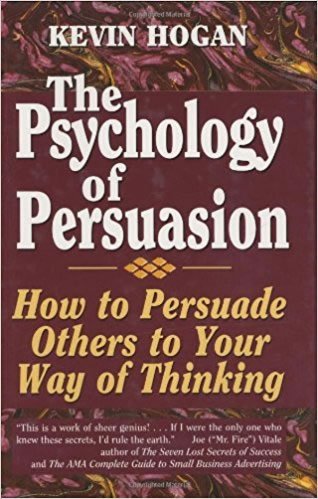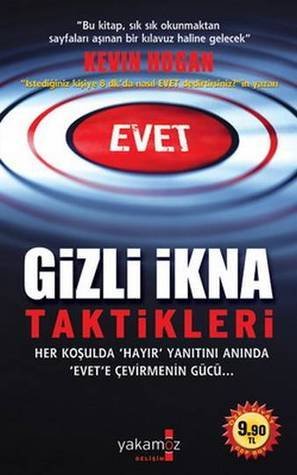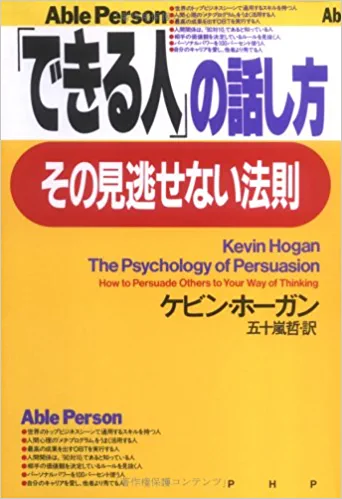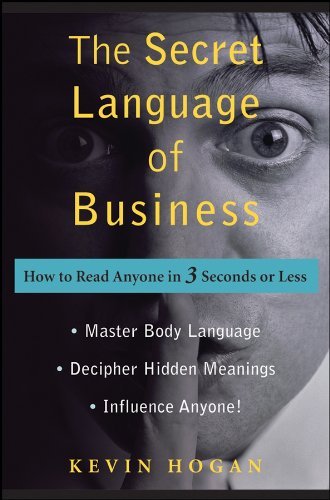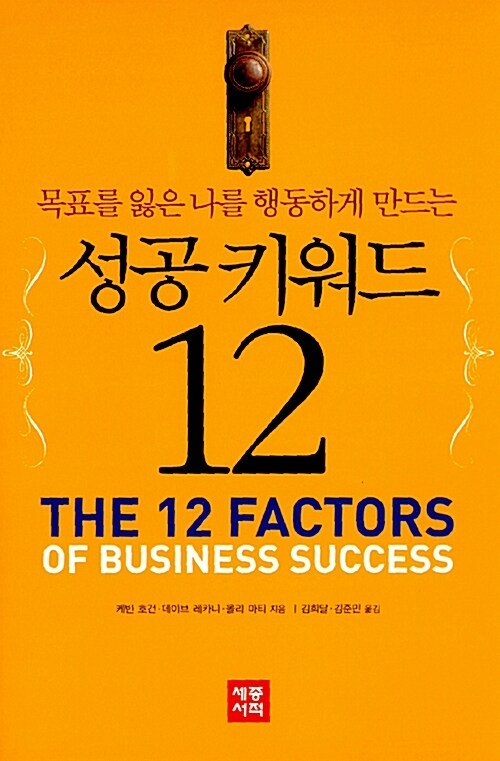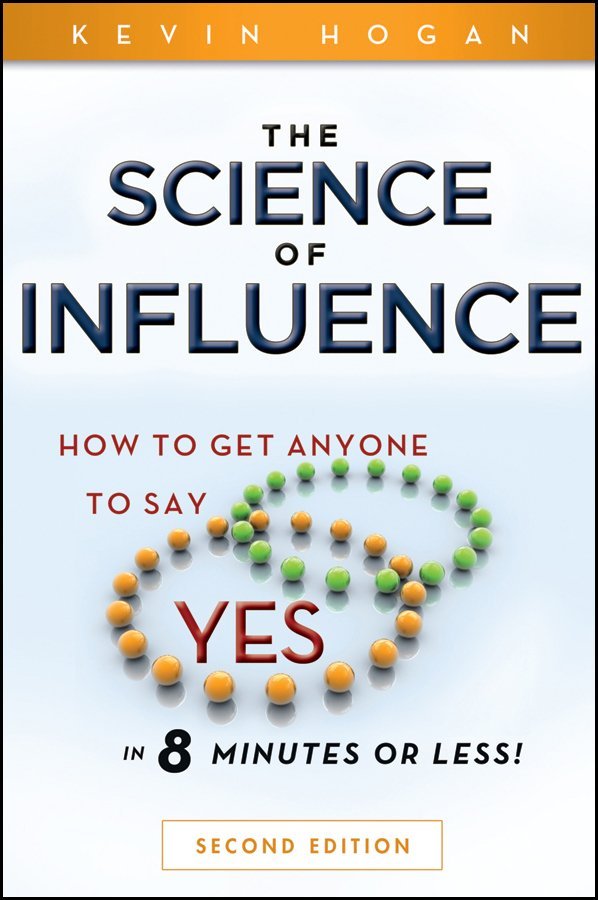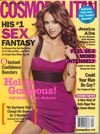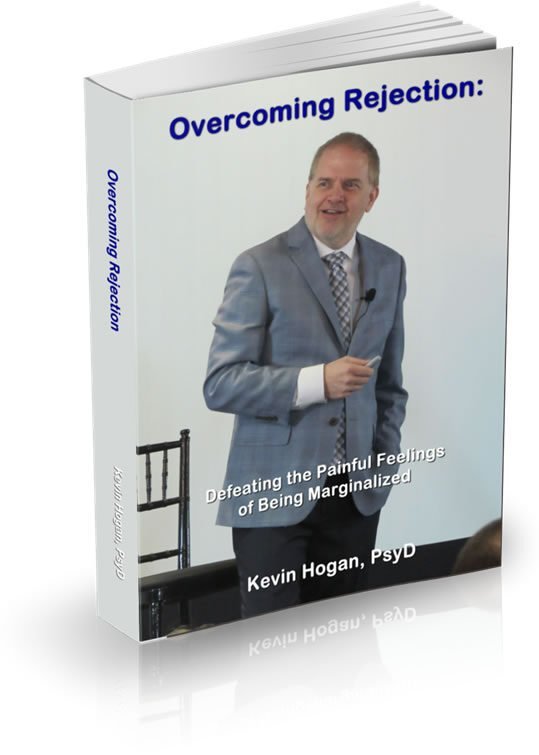By ALEX WILLIAMS, NY Times September 26, 2004
IN boxing terms, you could say a matchup between John Kerry and George W. Bush is a classic case of a dancer vs. a puncher: Mr. Kerry flicks around the periphery of issues; Mr. Bush pounds right through them.
The matchup on Thursday at the University of Miami, site of the highly anticipated first presidential debate, can be expected to pit the two men against each other, trading punches over Iraq and job creation. But if previous debates are any guide, the candidate who voters perceive as the winner will probably be chosen not on the substance of what he says, but on the cut of his jib.
The subtle style cues of gesture, posture, syntax and tone of voice account for as much as 75 percent of a viewer’s judgment about the electability of a candidate, said Bill Carrick, a political consultant who ran Richard A. Gephardt’s presidential campaign this year. In a word, he said, the mano a mano is about style – those nonverbal messages that speak to hearts, not heads.
“I think they’re both aware that this is more about your `Q factor’ than about scoring a debate,” Mr. Carrick said. “It’s much more like being a host of a television show.”
Experts in body language, linguistics and personal grooming who have watched the candidates in recent weeks offered a cheat sheet to home viewers about how each is likely to come across: his strengths, weaknesses and the color of his neckties.
Countenance Counts
It is the candidates’ faces that voters see and judge first. When it comes to Kerry vs. Bush, it’s “The Jaw of Thunder” meets “Lips of Destruction.”
“We don’t recognize that facial structures speak volumes,” said Caroline F. Keating, a professor of psychology at Colgate University who has studied status cues transmitted by facial features.
Mr. Kerry’s face, she said, is the greater study in contrasts. His anvil-like chin conveys power, but his droopy brows and hooded eyes send an unwelcome signal of age and lethargy. To counteract this, Professor Keating says, he must show more animation and smile more, as he has been doing lately. “Smiling brings people in close,” she said.
Luckily, she said, he has a buoyantly vertical hairstyle. “He has exciting hair, which is actually quite useful,” she said. “This wild, untamed hair is something we associate with youthfulness.” (Republicans don’t necessarily agree; they mock the Capitol Hill blow-dry look as vain.)
Professor Keating said that with Mr. Bush, conversely, the roundness of his face – accentuated by close-cropped hair – signals warmth and approachability but also, at times, an unfortunate boyishness.
The power in the president’s visage comes from his narrow eyes and lips, which are signs of dominance, she said. But when he blinks his eyes and licks his lips, apparently when agitated, she said, “these things make him look less in command.”
Dress Codes
Unfortunately for image doctors, no flight suits or bomber jackets will be worn onstage. Ever since Richard M. Nixon was thought by some to have blown the first 1960 debate in part by wearing a gray suit against a gray background, the clothing choices for presidential debaters have narrowed to nearly zero.
The navy blue wool suit is a de facto uniform. “The lapels should be not more than four inches,” said Georges de Paris, a Washington tailor who has made several suits for President Bush. Invariably the suit has “a very slim fit in the chest, one vent in the back,” he said. Shirts are usually white, worn with red power ties.
It is with accessories that the candidates differentiate themselves. Mr. Bush has recently been wearing French cuffs with gold cufflinks, which can reinforce an impression of executive acumen. Mr. Kerry wears a yellow wristband from the Lance Armstrong Foundation, an advocacy group for cancer survivors, which may lend a dash of youthful athleticism.
Body Politics
Another message viewers pick up is the authority implied by body language. Does a candidate carry himself like the hunter, or the hunted?
It is imperative, image experts say, that the two stay loose, but not slack. Each must telegraph that he is comfortable in his own skin, because in some sense it comes down to which man you would want in your living room for the next four years.
“John Kerry has the military posture – straight-up back, a very strong presence,” said Kevin Hogan, a corporate public speaking consultant in Eagan, Minn., who has analyzed body language. “George Bush has a little hunch in his shoulders, sort of an S-curve in his spine, which should work against him.”
But when the more compact president (5 feet 11 inches, to Mr. Kerry’s 6 feet 4 inches) avoids fidgeting, he can use his rather explosive physique effectively, as when he leans toward the camera and squints out threats to terrorists, or pounds a podium softly but methodically.
The candidates use hand gestures to different effect, Mr. Hogan said. The president gestures freely when he is most at ease, and it seems to underscore his sincerity.
He uses a “windshield wiper” motion – sweeping his right hand from his chest to his side – to underscore his heartfelt points. “It’s the most powerful thing he does,” Mr. Hogan said.
Mr. Kerry tends to use extravagant gestures when he’s least sure of himself, critics say. The Democratic challenger has even been mocked in online blogs for this tendency to wave his arms out of sync with his words when flustered. He also tends to chop the air when hammering home a point.
One effective motion by Mr. Kerry appears to echo the only Democrat to win the White House for two terms since the age of polyester, said Ms. Keating’s colleague at Colgate, Spencer Kelly, who has studied hand gestures.
The Clintonian gesture, Mr. Kelly said, starts with a fist. Mr. Kerry then tucks the right thumb over the forefinger and cocks the wrist so he’s punching softly at the air, as if holding a small gift. He explained: “It means, `I’m holding something out to you. You’re in good hands.’ “
Henry Fonda vs. Steve McQueen
“The audience that will be watching are avid television watchers,” said Philip B. Dusenberry, a retired chairman of BBDO North America and founding partner of the Tuesday Team, a group of advertising executives that created television ads for Ronald Reagan in 1984.
“They know what to look for,” he said. “If one candidate seems nervous, or starts groping for answers, he’s got a problem.”
And in a close match, even one deftly delivered witticism, as long as it seems spontaneous (like Reagan’s “There you go again” in 1980) could be the deciding factor.
“Both candidates will be very well prepped,” Mr. Dusenberry said. “They will know all answers before questions are even finished being asked, but how they answer them, with humor and wit, will really go a long way.”
Each candidate must channel his gifts as an onstage communicator – that is, a thespian – said Susan Batson, a longtime acting coach.
What Mr. Kerry should do, she explained, is open himself up. If he tries to be like the resolute Mr. Bush, he’ll fall into his old trap: woodenness.
His greatest opportunity, she said, is to laugh more, to radiate a vulnerability with his eyes, a sense of compassion and wisdom, as opposed to single-mindedness and aggression. He can be “sort of a combination of Henry Fonda and James Stewart,” she said.
While a critic of the president, Ms. Batson allowed that he has a native power, and could effectively channel his energies in the eyes of his audience by rerouting his toughness and condescending overtones into a more recognizable loner-rogue archetype. “There is a potential for Steve McQueen,” she allowed with a sigh.
Another Hollywood acting coach, Larry Moss, said that even the tone of voice is crucial.
The president’s voice, he said, has a vaguely metallic quality that he must not allow to grow shrill. It should be incisive, not cutting.
Mr. Kerry’s challenge is perhaps greater, said Mr. Moss, who has coached Hilary Swank and Helen Hunt. He needs to redirect from his head down to his gut.
“You need a certain amount of viscera to get people to feel you,” Mr. Moss said. Mr. Kerry needs to expand the dynamic range of his voice, and avoid a monotone. The sound should come from deep in the diaphragm, not high in the throat.
Syntax Soup
Both candidates have syntactical minefields, now very familiar to voters, that they must avoid. Mr. Bush sometimes mangles the language, while Mr. Kerry has a tendency to ramble, when an audience wants punchiness. He also uses what George P. Lakoff, a professor of linguistics at the University of California, Berkeley, calls “hedges,” words and grammatical constructions that imply uncertainty or qualification.
“There are certain forms of grammar that don’t commit you, phrases like `I believe’ or `I think,’ ” Mr. Lakoff said. “Kerry has to learn not to do that.”
“It is possible to be decisive and not sound decisive,” said Kathleen Hall Jamieson, the director of the Annenberg Public Policy Center at the University of Pennsylvania. “People who speak in sentences that contain parenthetical phrases, people who begin a sentence and then deflect to add a series of illustrative examples before they end the sentences” do not seem authoritative, she said. “The language of decisiveness is subject, verb, object, end sentence.”
Equally important to Mr. Kerry, she said, is to refrain from using words like “gilded” and “panoply” at the lectern, as he has on the stump.
“Words found on the SAT verbal exam,” she added, “should not appear in candidate’s speeches.”
Copyright 2004 The New York Times Company. This article is re-printed with permission.
Kevin Hogan, leading body language expert, interprets the body language of President George Bush and Senator John Kerry during and after the debate for news media. If you need Dr. Hogan’s help in analyzing the body language of Bush and Kerry, email him at kevin@kevinhogan.com
Are You Prepared to Read Body Language Like an Expert?
Just a few amazing secrets you will learn:
- What impact your physical appearance really has.
- The 6 basic human emotions, and where you can always read them on another person.
- How to use your hands in communication so you don’t blow it.
- How to read another person’s eyes.
- How to send unconscious messages of liking and attraction to others.
- Where to stand to be perceived brilliantly by one or 1000.
- How to sit so people instantly feel at ease with you.
- Changes you can make immediately to increase your face value.
- What gestures signal deception.
- 20 Tips to Body Language Perfection and a slam-dunk first impression.
Plus, get sound-bytes from the most recent research. Easy-to-understand results from time-tested research.
Bonus you will receive:
“I want to give you the $99.95 Body Language: Get the Edge, video, absolutely free with your order. This video is one of my favorite pieces of work. Pure download of information that is 100% useful…today. The video also features special guest, former ABC-TV anchor Beth Bednar who helps you see how body language works in action in one on one situations! Enjoy!!!” Kevin Hogan, Psy.D.
More information about Reading and Interpreting Body Language


